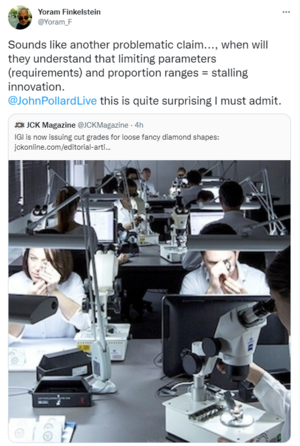- Joined
- Oct 21, 2004
- Messages
- 5,096
I suppose this is a good place to ask some more info about their cut grading claim ?
https://www.diamonds.net/News/NewsI...=IGI+Reports+to+Include+Cut+Grade+for+Fancies
https://www.diamonds.net/News/NewsI...=IGI+Reports+to+Include+Cut+Grade+for+Fancies









300x240.png)